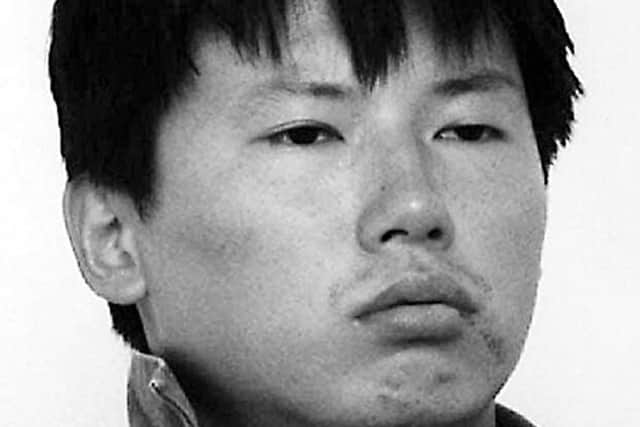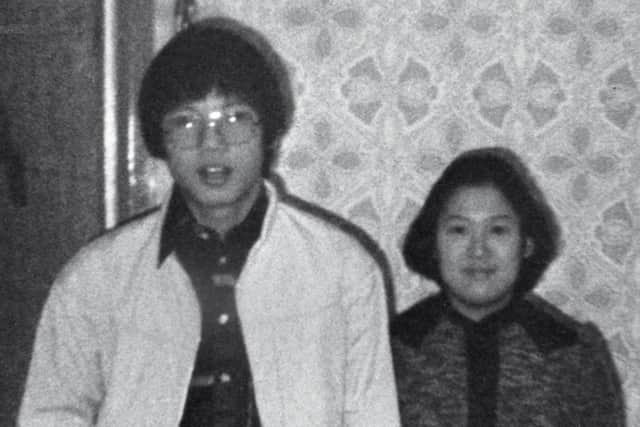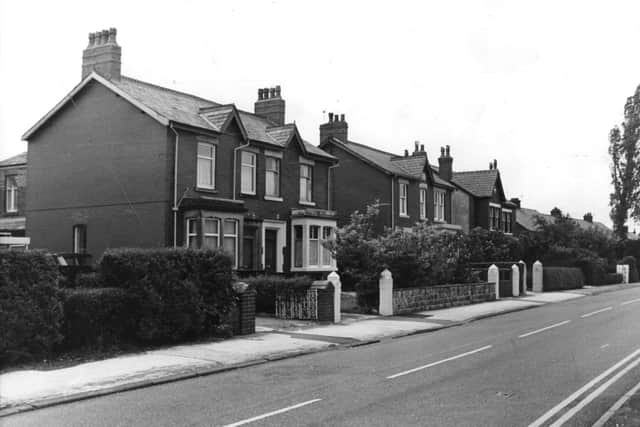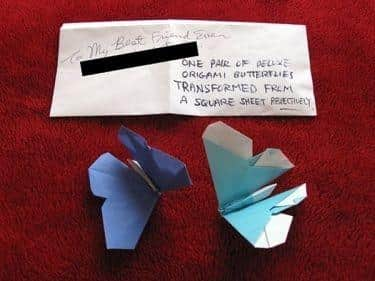Bentham school pupil who lived in Preston involved in 80s serial killer sex slave murders to be moved off death row
and live on Freeview channel 276
A former Lancashire school pupil who is a notorious serial killer and rapist in California will be moved from death row to another prison in the state.
Charles Ng, now 62, who lived with relatives in New Longton was convicted and sentenced to death in 1999 for killing six men, three women, and two infants at a cabin in the Sierra Nevada with accomplice, Leonard Lake.
Advertisement
Hide AdAdvertisement
Hide AdCalifornia Gov. Gavin Newsom recently announced the state’s most infamous death row at San Quentin State Prison will be transformed into a “restorative justice facility” over the next few years.
The $20 million plan will change the prison’s name to the San Quentin Rehabilitation Centre, and Newsom said by 2025, a panel of civilian experts, former inmates and crime victims will help advise on the facility’s changes.


As part of the shift, the more than 500 inmates who currently live on San Quentin’s death row will be moved to various prisons throughout the state.
Newsom imposed an indefinite moratorium on the death penalty in 2019; prisoners sentenced to death are not eligible for parole.
Advertisement
Hide AdAdvertisement
Hide AdIt’s not yet clear what the timeline is for their moves, but some of California’s most notorious killers will likely be relocated over the next few years including former Bentham Grammar School pupil Charles Ng, Cary Stayner, Wesley Shermantine, Joseph Naso, Robert Maury, Randy Kraft, and Richard Allen Davis.
Ng was born in Hong Kong, the son of a wealthy businessman.


He came to England in the 1970s to stay with relatives at New Longton, near Preston, and became a boarder at Bentham Grammar School at the age of 14.
In 1985, the remains of up to 25 people were discovered in and around what was described as a sexual torture chamber in an old gold mining town in the Sierra-Nevada foothills of California.
Following a worldwide investigation, ex-Marine Ng was arrested in Canada after shooting a security guard while attempting to shoplift and was charged with kidnap, torture and murder.
Advertisement
Hide AdAdvertisement
Hide AdEventually the case went to Canada’s Supreme Court and Ng was extradited to the United States.


The allegation was that, for fun, Ng and a survivalist accomplice, Lake, who committed suicide with a cyanide pill in 1985, killed their victims at a cabin near Wilseyville in northern California, about 150 miles east of San Francisco.
Because of the complexity of the United States legal system, it took years to bring Ng to trial to face charges of 12 killings, kidnapping and torture.
The case was eventually ready for trial in 1998, when Ng was aged 37.
Advertisement
Hide AdAdvertisement
Hide AdIt was unsuccessfully argued on Ng’s behalf that he was unfit to stand trial, and that although admitting involvement in kidnapping and torture, he had been under the control of Lake.


By October 1998, because of the delays and Ng’s manipulation of both Canada’s and the USA’s legal systems, more than £6m had been spent bringing him to trial. Six tons of evidence was prepared, including 100,000 pages of reports, in addition to a diary of Lake’s and video tapes.
The court heard Lake had planned to breed a new race from captive female sex slaves’ after a nuclear holocaust.
Because of possible prejudice caused by pre-trial publicity, the case was tried in Santa Ana, Orange County, south of Los Angeles.
Advertisement
Hide AdAdvertisement
Hide AdAfter the change of venue Ng sued the state over his temporary detainment at Folsom Prison, where he was caught hiding maps, fake IDs, and other escape paraphernalia, and filed challenges against four of the judges assigned to his case.
He lodged a long series of complaints regarding the strength of his eyeglasses, the temperature of his food, and his right to practice origami in his jail cell.
Ng went through a total of 10 attorneys, some of whom ended up defending him a second time.


He also filed a malpractice suit against several of the attorneys, citing incompetent representation.
Advertisement
Hide AdAdvertisement
Hide AdAfter claiming that he had lost trust and confidence in all of his lawyers, he was allowed to represent himself, which delayed the trial another year while he researched applicable laws.
His trial finally began six years after his extradition in October 1998.
Despite the video evidence and information in Lake’s voluminous diaries, Ng maintained that he was merely an observer and that Lake planned and committed all of the kidnappings, rapes and murders unassisted.
Ng insisted on taking the stand in his own defence, which allowed prosecutors to introduce additional evidence that helped define Ng’s role in all aspects of the crimes.
Advertisement
Hide AdAdvertisement
Hide AdOne significant item was a photo of Ng in his prison cell, with cartoons he had sketched of his victims hanging on the wall behind him.
Four prison guards, two sheriff’s deputies, a prison library employee, and a prison counsellor all testified that Ng was a model prisoner.
Four former Marines who had known Ng while he was serving in the Marine Corps testified that he was quiet and well-behaved
Ng’s parents both testified about his troubled childhood, and expressed remorse for their son’s actions.
Advertisement
Hide AdAdvertisement
Hide AdIn February 1999, he was found guilty of 11 counts of murder. Police said some of the victims were killed at the cabin.
Others were turned loose and hunted down in the woods.
When the cabin was searched evidence was found of funeral pyres and 45lbs of human bones were collected.
Authorities said a videotape was recovered called “The M Ladies” in which Ng and Lake demanded the women submit to becoming sex slaves or face death.
One of the video tapes showed a girl tied to a chair having her clothes cut off and being told: You can scream like the rest of them but it don’t do you any good’.
Ng was sentenced to death, and the presiding judge rejected a motion to reduce the jury’s verdict to life imprisonment.